Jump to the content
- {{#headlines}}
- {{title}} {{/headlines}}

Kontakt
Presse, Kommunikation und Marketing
Tel.: +49 228 833-144
Fax: +49 228 833-441
presse[at]avh.de
Tonni Grube Andersen
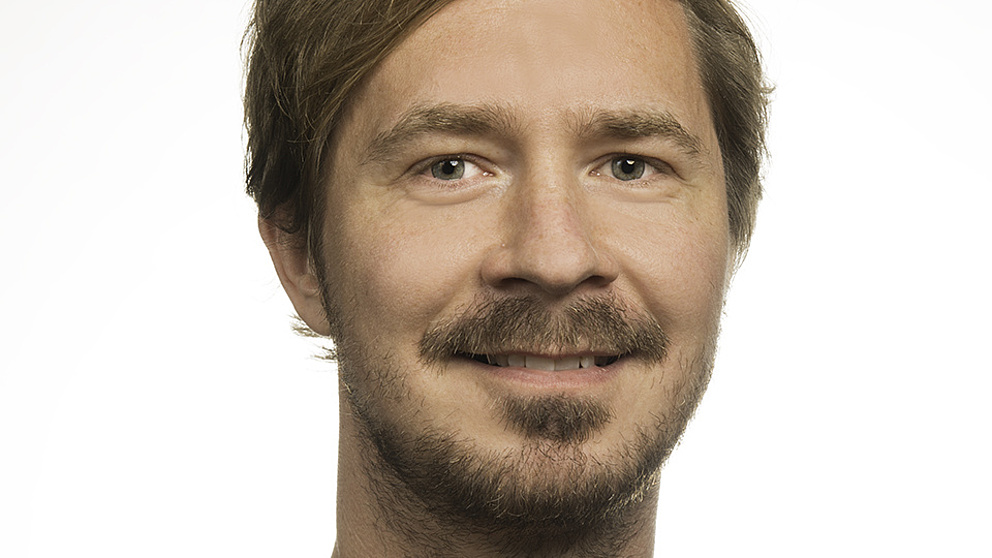

Dr Tonni Grube Andersen
was born in Denmark and gained his doctorate in 2012 from the University of Copenhagen. In 2013 he won the University of Copenhagen Innovation Award as a member of the research team led by Professor Barbara Ann Halkier. As a post-doc he won a Marie-Curie “Intra-European fellowship for career development” in 2014 and transferred to the University of Lausanne, Switzerland, where he has been working since then.
Cell and developmental biology of plants
The hidden life of plants
Branches, leaves, fruit: plants are generally perceived to consist of the parts that grow above ground, which serve as food, energy sources or to produce seeds. But it is what happens underground that is essential to agricultural use, determining how much water and nutrients a plant can absorb and which useful connections it forms with microorganisms living in the ground – in short, how well it grows.
Tonni Andersen has already made significant contributions to plant physiology research and was for example able to show how transport mechanisms take place within plants and secondary phytochemicals are conducted from the parent plant to its seeds. As a Sofja Kovalevskaja Award winner Andersen will work in Cologne exploring how plants interact with their root microbes. If we understand how these processes occur at a cellular level we could specifically optimise plants’ nutrient absorption; it would also allow us to facilitate nutrient mobilisation, the targeted release of nutrients through specific excretions from microorganisms in the root zone, reducing the use of artificial fertilisers.
Host institute: Max Planck Institute for Plant Breeding Research, Cologne, Department of Plant-Microbe Interactions
Host: Professor Dr Paul Schulze-Lefert
Joshua P. Barham
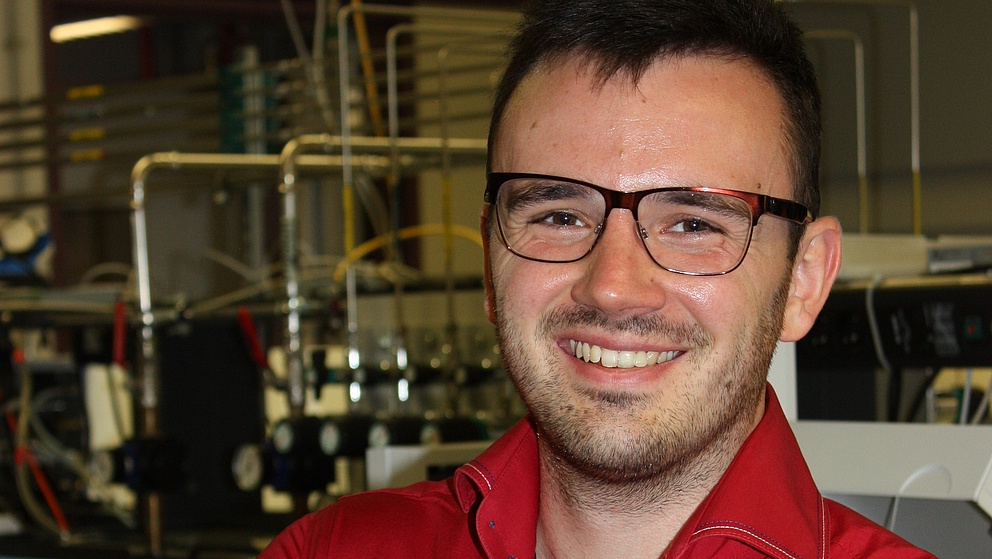

Dr Joshua P. Barham
was born in the UK. After gaining his Master’s degree from University College London, UK, he wrote his doctoral thesis working on a cooperation project between the University of Strathclyde in the Scottish city of Glasgow and GlaxoSmithKline until 2017. He then moved to Japan, first to the University of Shizuoka, then in 2018 to the National Institute of Advanced Industrial Science and Technology (AIST) in Tsukuba as a JSPS Postdoctoral Fellow.
Organic molecular chemistry/electrochemistry
Breaking new ground in synthesis chemistry
How will the molecules of the future be created? Chemist Joshua Barham hopes to break new ground in this field. He examines what is known as single electron transfer (SET), which occurs during certain organic reactions: gaining or losing an electron transforms a neutral molecule into a negatively or positively charged radical. SET technology is of interest in organic synthesis chemistry because it leads to new compounds and intermediates. New molecules are constantly needed in industry and everyday life, for example as components of new active ingredients, pigments or fragrances. Single electron transfer can be achieved using photochemistry or electrochemistry; both methods however have specific drawbacks.
As a Sofja Kovalevskaja Award winner Joshua Barham will be working in Regensburg, where he will focus on combining photo- and electrochemistry – a promising process that may break new ground in organic chemistry. It could deliver improved synthetic pathways and ultimately e.g. significantly aid development and innovation in the pharmaceutical industry. Planned cooperations will additionally improve networking among the working groups involved in the existing graduate school “Chemical Photocatalysis”.
Host institute: University of Regensburg, Institute of Organic Chemistry
Host: Professor Dr Burkhard König
Jan De Graaf
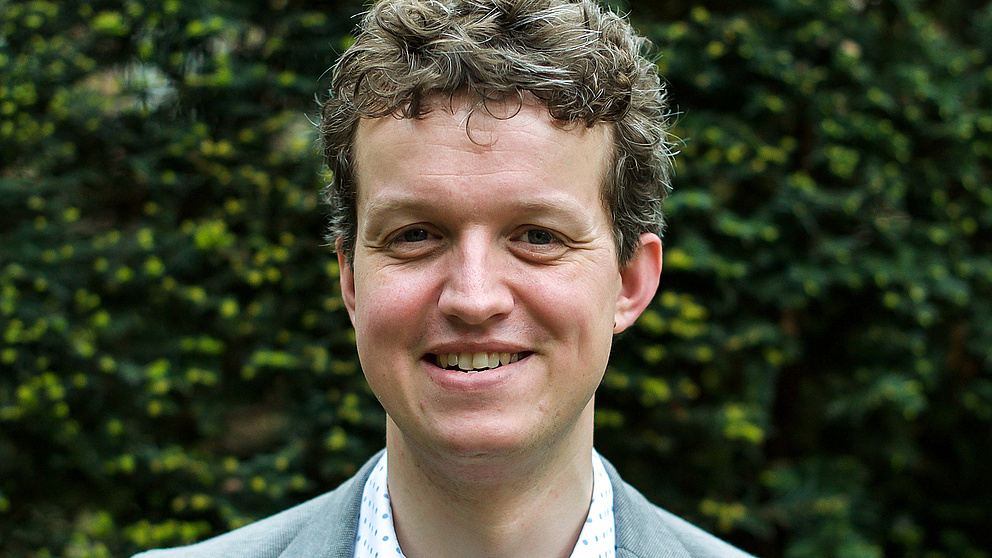

Dr Jan De Graaf
is from the Netherlands and studied history at the University of Utrecht. He gained his doctorate in 2015 from the University of Portsmouth, UK, with a comparative presentation of the socialist movements of the post-war period in Eastern and Western Europe. On a post-doctoral fellowship from the Flanders Research Foundation (FWO) De Graaf conducted research at the Katholieke Universiteit Leuven on the pan-European phenomenon of wildcat strikes during the labour conflicts of the post-war period.
Recent and modern history
A pan-European view of the post-war period
Peace, well-stocked shop windows and full employment at last! After the traumatic wartime period, people in Western Europe put their faith in the welfare state, heavy regulation, social equality and participation. The 1950s and 1960s in particular have entered our collective memory and the historical record as an era of social cohesion referred to as the “post-war consensus”. Some in the former Eastern Bloc now also look back nostalgically on life under state socialism. With the slogan “No more fascism” the countries beyond the Iron Curtain strove for an egalitarian society in accordance with socialist ideology.
But does the narrative of cohesion in this period really reflect the historical reality throughout Europe? Did opportunities for advancement also apply to workers, women or migrants? What were the experiences of new arrivals to the coal-mining regions of the Ruhr and Upper Silesia areas? What social structure was reflected in the idealistic new towns of Great Britain, France or Czechoslovakia? De Graaf takes a pan-European, integrative view: he aims to provide a relationship history of Europe’s post-war societies based on source materials from a range of archives in East and West.
Host institute: Ruhr University Bochum, Institute for Social Movements
Host: Professor Dr Stefan Berger
Angelo Di Bernardo
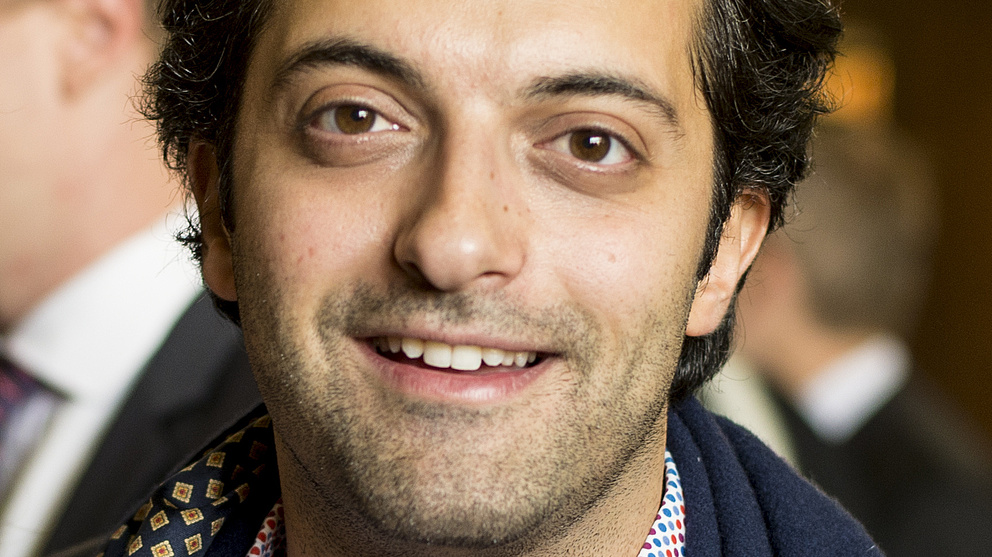

Dr Angelo Di Bernardo
born in Itlay, has completed both a Master’s programme in biomedical engineering at Università degli studi di Napoli and a Master’s programme in nanosciences at Arizona State University, winning a Fulbright Scholarship for the latter as one of Italy’s best university graduates. He gained his doctorate for his work in the field of superconductor research at the University of Cambridge, where he has been researching and teaching at St John’s College as a junior research fellow since 2016.
Experimental condensed matter physics
Innovative materials for the quantum computers of the future
Researchers around the world are seeking new technologies and materials that will allow us to store vast volumes of data in ways that take up minimal space and process them without significant energy loss.
It has long been known that individual electrons not only carry their own electric charge but also have a “spin” that acts like a tiny magnet, indicating a particular direction in a similar way to the Earth’s magnetic field. Electron spin can point either up or down and is therefore ideal for use as a binary information carrier to store or read out information using minimal space.
Di Bernardo’s experiments combine the field of “spintronics” with superconductor research. We already know that the combination of ferromagnets and superconductors theoretically allows the information 1 or 0 to be written, stored and read out using very little energy. However, to date no practical implementation has been successful. The Sofja Kovalevskaja Award winner now hopes to determine whether a wider variety of even more energy-saving “super spintronic” components and circuits can be developed using materials that have not yet been explored for this purpose, such as oxides and atomically thin materials. This could point the way to the quantum computer of the future.
Host institute: University of Constance, AG Mesoscopic Systems
Host: Professor Dr Elke Scheer
Doris Hellerschmied
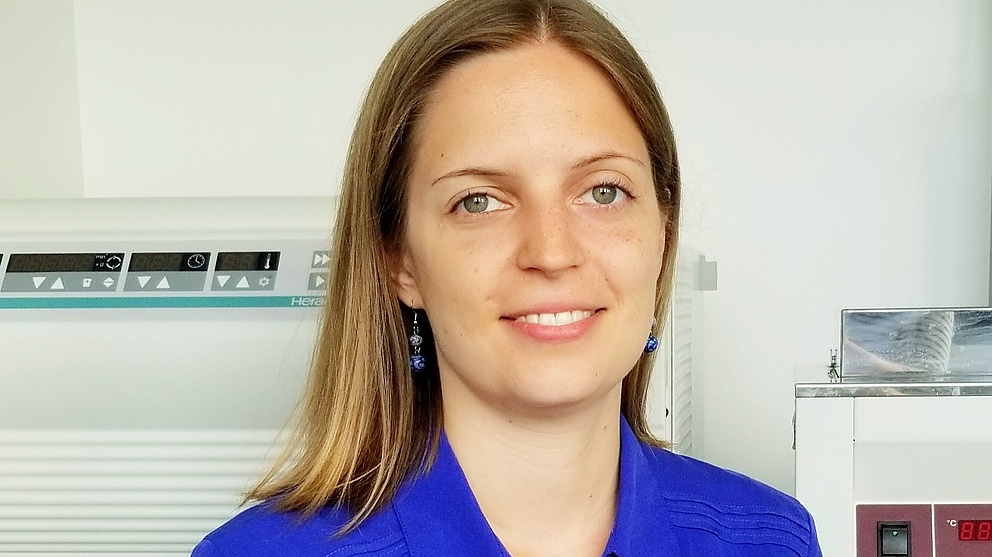

Dr Doris Hellerschmied
is originally from Austria and completed her Magister degree at the University of Vienna, including a research stay in Zagreb, Croatia. After gaining her doctorate from the University of Vienna in 2013 she initially continued her research at the Research Institute of Molecular Pathology (IMP) in Vienna as a post-doctoral associate; in 2015 she transferred to Yale University in the USA, where she currently works as a postdoctoral fellow.
Biochemistry
Stress in cells
Changing environmental circumstances such as illness or age lead to cellular stress – but how do cells manage to survive that stress? Every cell component has a specific response and quality assurance system that protects it from stress and maintains homeostasis, i.e. cellular balance. The Golgi apparatus is a cell component that is crucial to cell metabolism; its response to stress however has to date been little studied. As a Sofja Kovalevskaja Award winner Doris Hellerschmied hopes to shed light on this subject at the University of Duisburg-Essen. Specifically, the biologist intends to use methods from cell biology and chemical biology to disrupt and stress the Golgi apparatus and examine the cellular response using imaging and other methods. Hellerschmied’s research will not only contribute to a deeper understanding of the biology of the Golgi apparatus: because disruption of this cell component is common in neurodegenerative diseases, her work may also provide crucial information on possible treatments for these illnesses.
Host institute: University of Duisburg-Essen, Centre of Medical Biotechnology
Host: Professor Dr Michael Ehrmann
Ottaviano Ruesch
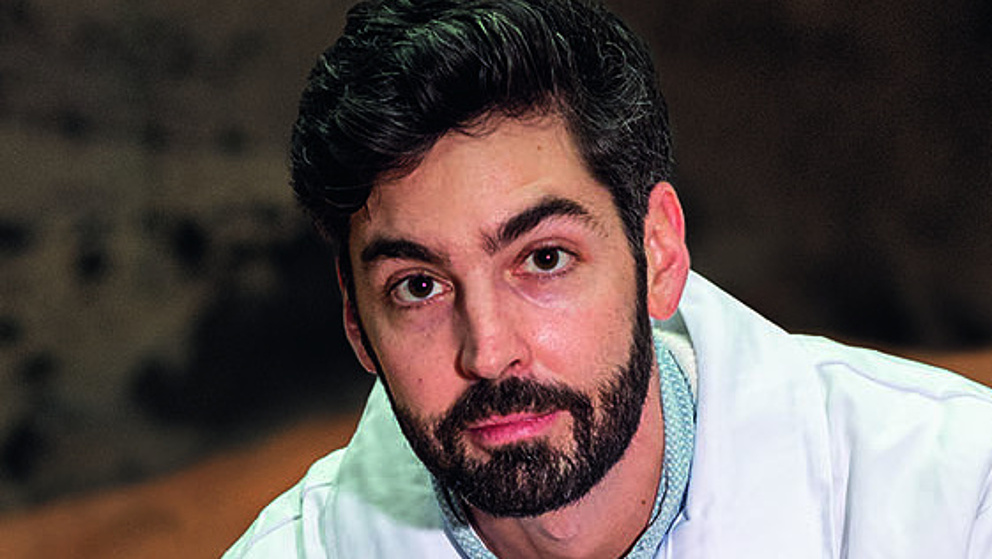

Dr Ottaviano Ruesch
Born in Switzerland, Ottaviano Ruesch initially studied at the University of Lausanne before transferring to Paris-Sud University in France for his Master’s degree. He gained his doctorate from Westfälische Wilhelms-Universität Münster in 2015 and then continued his research as a post-doctoral fellow at NASA in Greenbelt, USA. Ruesch has been working as a scientist at ESA in Noordwijk in the Netherlands since 2017.
Geology
How did it all begin?
Solar system research seeks to answer questions not only about how the Earth was formed, but also about the origins of life. Exploring planets such as Mars or certain asteroids that are similar to Earth in terms of surface structure, gravity or geological structure can provide crucial information here. Two types of matter are especially important for the development of life: water and organic substances. As a Sofja Kovalevskaja Award winner, geologist Ottaviano Ruesch will therefore explore what is known as the regolith, the outer layer of a planet formed by erosion, into which these materials are embedded. He intends to use measurements taken on missions to Mars and asteroids as well as laboratory experiments conducted under simulated conditions for this purpose, and will cooperate with numerous international partners in his research.
The geologist will focus especially on rock erosion through daily temperature cycles; this process is known to play a part in the formation of the regolith, but is as yet little examined. Ruesch’s project aims to establish a deeper understanding of the formation and development of planets and fill gaps in our knowledge on resource utilisation.
Host institute: University of Münster, Institute of Planetology
Host: Professor Dr Harald Hiesinger
